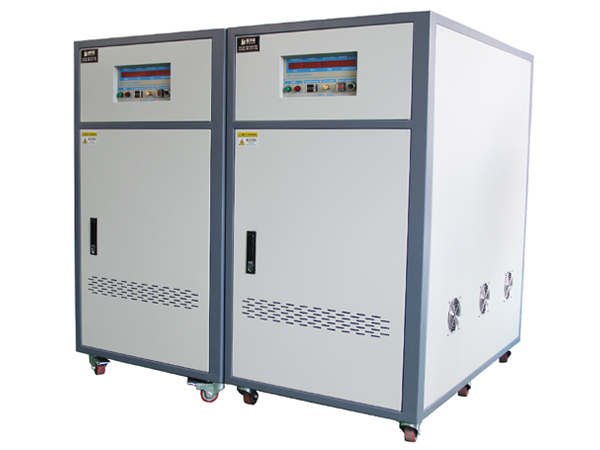A voltage stabilizer, also known as a voltage regulator, is an electrical device designed to maintain a constant voltage level to electrical equipment and appliances. It ensures that the voltage delivered to the load remains within a specified range, protecting sensitive electronics from voltage fluctuations, surges, and sags.
Key Aspects of a Voltage Stabilizer:
- Functionality:
- The primary function of a voltage stabilizer is to automatically adjust the voltage to the desired level. It steps up the voltage when it falls below a certain threshold and steps it down when it rises above a certain threshold.
- Components:
- A typical voltage stabilizer consists of a transformer, automatic voltage regulation circuit, relays or electronic switches, and control circuits. Some advanced stabilizers may also include digital displays, protection features, and microcontroller-based designs.
- Types:
- Servo-controlled Voltage Stabilizers: Use a servo motor to control the variable transformer and provide precise voltage regulation.
- Relay-type Voltage Stabilizers: Use relays to switch between different taps of an autotransformer for voltage correction.
- Static Voltage Stabilizers: Use electronic circuits (like thyristors) for fast and accurate voltage correction without moving parts.
- Voltage Range:
- Voltage stabilizers are designed to handle a specific input voltage range and provide a stable output voltage. Common output voltages are 220V or 230V for single-phase applications and 380V or 400V for three-phase applications.
- Capacity:
- They come in various capacities, from small units for individual appliances to large units for industrial applications. The capacity is usually measured in kVA (kilo-volt-amperes).


